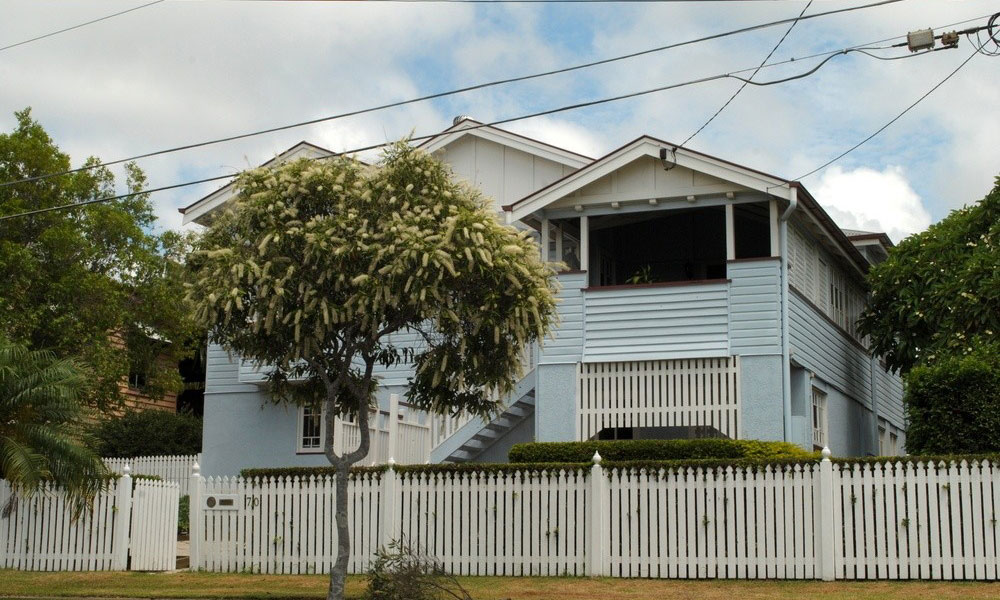I am lucky enough to live in the beautiful inner city, Brisbane suburb of Coorparoo. Whilst these older inner city suburbs of Brisbane ooze character and charm they do have their pitfalls too. One of which is the required ongoing upkeep and maintenance of an older home. I should know, our house is in a constant state of mid-renovation. When we bought the property almost 4 years ago it needed fresh paint, a new bathroom, re-stumping and rewiring. Most of these things we have done, some for aesthetic reasons and some mostly for safety.
The house was built in 1929 and the stumps were original and were falling down around us. Some of the wiring was rubber insulated and had deteriorated. Some of the wiring still had cotton coverings. Deterioration of the insulation material greatly increases the risk of electric shock and fire. Redoing our wiring became a priority for us to ensure the safety of our family.
The local history of Coorparoo
The suburb of Coorparoo was named by local residents in 1875 after the Aboriginal word for Norman Creek. One of the oldest remaining buildings is the Coorparoo Shire Hall, built in 1892 and is presently known as the Coorparoo School of Arts.
Coorparoo’s population doubled during the period between 1911 and 1921 causing a housing boom of workers cottages and Queenslanders. Queenslanders are timber structures with large verandahs and steep pitched irons roofs. These houses were designed on stumps to allow air to pass under the home keeping it cool.
In the 1950s and 1960’s the ‘post-war’ home was born. Coorparoo began to see another population boom and consequently, the suburb contains quite a few ‘post-war’ homes. Also a timber home off the ground but often lacking the verandahs and adornments of the Queenslander. Today these houses are being demolished by the thousands as land and renovations become costly.
Fortunately, most Queenslanders are protected by government legislation and are being restored to their former glory.
Electrical Safety concerns in old houses
It would be easy to think, my electrics seem to be working fine, I am sure they will continue to work fine. Especially if you have just outlaid a lot of money towards a new home and don’t think you can afford any more expense. Let’s face it, no one want to spend money they don’t have to. The problem with that is, old or damaged electrical wiring is like a ticking bomb inside your house. When it is ready to go off it can lead to a large electrical fire or electrical shock. The only way to turn that bomb off is to have your electrical wiring checked by a licensed electrician.
Not only that, some insurers will not insure houses with old electrical wiring. Faulty electrical wiring is still the most common cause of house fires in Australia.
How old is old?
40 years ago electrical installations were very different. Back during and before the 1960s, electrical wiring was mainly covered in lead, rubber and cotton. These methods are no longer used as they are not safe. The rubber insulation deteriorates over time leaving the cable exposed which can lead to electrical fires and electrical shock.
If you live in an older home you may frequently experience circuit breakers tripping and fuses blowing. This can be caused by the circuits being overloaded or it may be a problem with the wiring and electrics.
Watch my video on how to check for old rubber wiring.
Warning signs of dangerous electrical wiring
- Breakers trip or fuses blow regularly
- Tingling sensation when you touch a wall switch or appliance
- Your house was built more than 40 years ago
- Old rubber electrical wiring
- A burning smell from any outlet
- Dimming or flickering lights
- No safety switch
- Outlets that feel warm to the touch or buzzing noises coming from outlets
What to do next
Have your electrical wiring checked by a licensed electrician. Make sure you have a safety switch installed. Having a safety switch installed greatly reduces the likely hood of electrical shock and electrical fire. Keep your home and your family safe and have your wiring checked by Dawson Electric.


